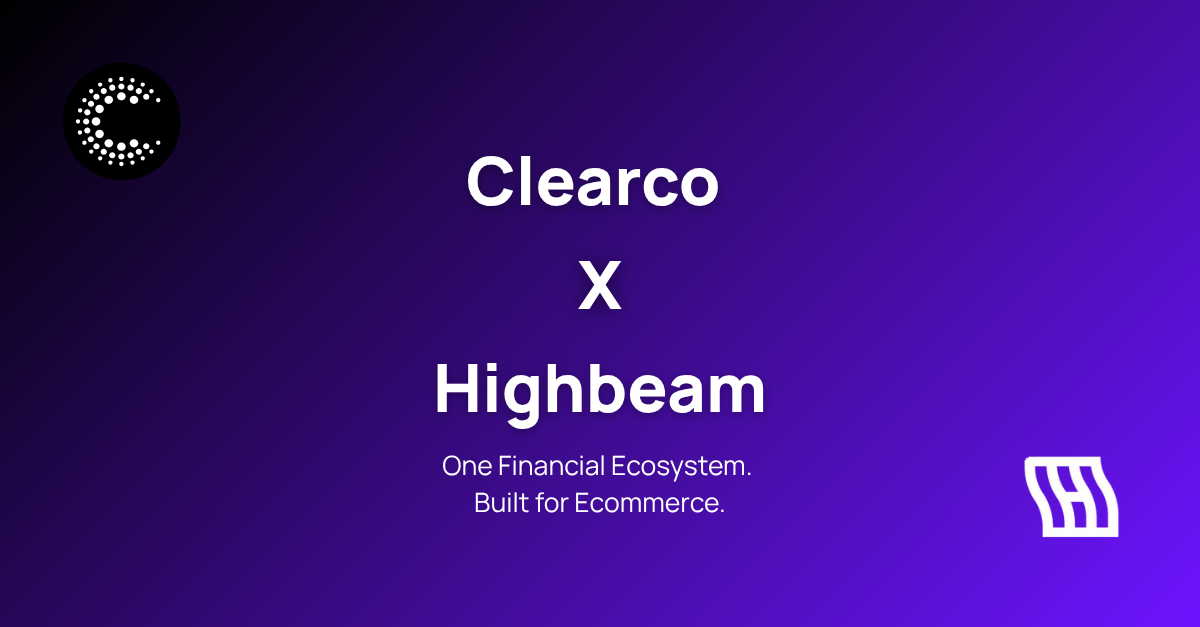Not all DTC ecommerce funding is created equal. Some take cash out of your business every single day. Others demand fixed payments that ignore how revenue flows. The right structure makes the difference between protecting cash flow and creating unnecessary strain.
Shopify’s daily remits = cash flow drain
For many founders, the first step into working capital funding is through platforms like Shopify Capital, which often uses a daily payment model. While this might seem convenient, it creates a subtle but constant cash flow drain.
Here’s how it works: a fixed percentage of each day's sales is automatically remitted until the merchant’s advance is paid. This means every time you make a sale, a portion of that revenue is immediately diverted away from your business. This creates a challenging environment for growth because the revenue you earn can't be immediately reinvested into marketing, inventory, or operational costs.
Imagine it’s Black Friday, you’re crushing sales. You expect your bank account to be flush with cash, but all you see is money getting siphoned out. That’s what uncapped daily payments feel like.
Settle’s amortized loans = fixed pressure
Another common funding model, used by companies like Settle, relies on fixed, amortized loan payments. This means you have a set payment due on a specific day each week or month, regardless of your business performance.
While this structure offers a predictable payment schedule, it creates significant rigidity and pressure. If your ad campaigns underperform for a week, your third-party logistics (3PL) partner experiences a delay, or you run out of stock on a key product for a few days, your revenue dips but the fixed payment is still due – it never takes a week off. In short, you still have to "pay the piper."
This lack of flexibility means you are locked into a payment schedule. It forces you to find cash to meet a rigid, fixed obligation, which can be particularly stressful during seasonal slumps or unexpected operational hiccups.
Clearco’s capped weekly = part predictable, part performance-based
At Clearco, we believe your funding should work with you, not against you. That’s why we designed our model around capped weekly payments. It gives you the best of both worlds: performance-based flexibility and predictable cash flow.
How Flexible Funding Works:
- It's predictable. Unlike uncapped revenue-share models, we put a cap on your weekly payment amount. This means during a big sale week, your payment won't skyrocket and drain all the revenue you just earned. You know the maximum amount you'll ever have to pay in a given week (that’s the cap), allowing you to plan for growth and reinvestment with confidence.
- It's performance-based. You pay a percentage-of-sales but with a cap. Like a percentage-of-revenue model, you only make a payment when you're making sales. If you have a slow week or a few days where a product is out of stock, your payment is based on your actual revenue, or zero if you make no sales. This ensures you're never under pressure to pay when sales are low. As we always tell customers, the only way your capped payment to Clearco changes is if it shrinks – because you are earning less revenue than you expected to.
By blending these two concepts, Clearco's model provides the predictability you need without the rigid pressure of a fixed loan or the constant cash flow drain of daily remittances. It’s a payment structure built for the reality of running a growing ecommerce business.
Payment Structure Comparison
| Factor |
Daily Uncapped Payments (Shopify)
|
Fixed Amortized (Settle)
|
Capped Weekly Payments (Clearco)
|
| Cash flow alignment |
Payments are based on a % of sales. The higher your sales, the more cash Shopify siphons from your business |
Fixed monthly payments irrespective of sales |
Capped weekly payments |
| Periods of Outperformance |
Disadvantageous, payments increase and more revenue leaves your business |
Advantageous, payments remain static in periods of underperformance |
Advantageous, payments remain static in periods of outperformance |
| Periods of Underperformance |
Advantageous, payments decrease |
Disadvantageous as payments stay the same |
Advantageous, payments decrease |
| Founder experience |
Creates ongoing payment pressure |
Creates rigid payment obligations |
Creates confidence through predictable, adaptive structure |
Founders should not sacrifice liquidity to payment structures that do not match revenue cycles. With Clearco’s capped weekly model, you keep predictability and control without unnecessary stress.





